What is Thermoregulation?
Thermoregulation is the way animals maintain a comfortable body temperature.
All animals have a preferred temperature range. When the local temperatures fall outside of this range, they’ll take steps to adjust their body temperature. If the temperatures fall, the animals will do things that help keep them warmer. If the temperatures rise, they’ll do things to help lower their body temperature.
For example, when you get cold, you may put on a sweater. When you are hot, you may move to an air-conditioned room to cool off. Animals may not be able to wear sweaters or enjoy air conditioning, but they also take steps to maintain comfortable body temperatures.
We’ll talk about the importance of thermoregulation and a few of the ways that animals try to control their body temperature below.
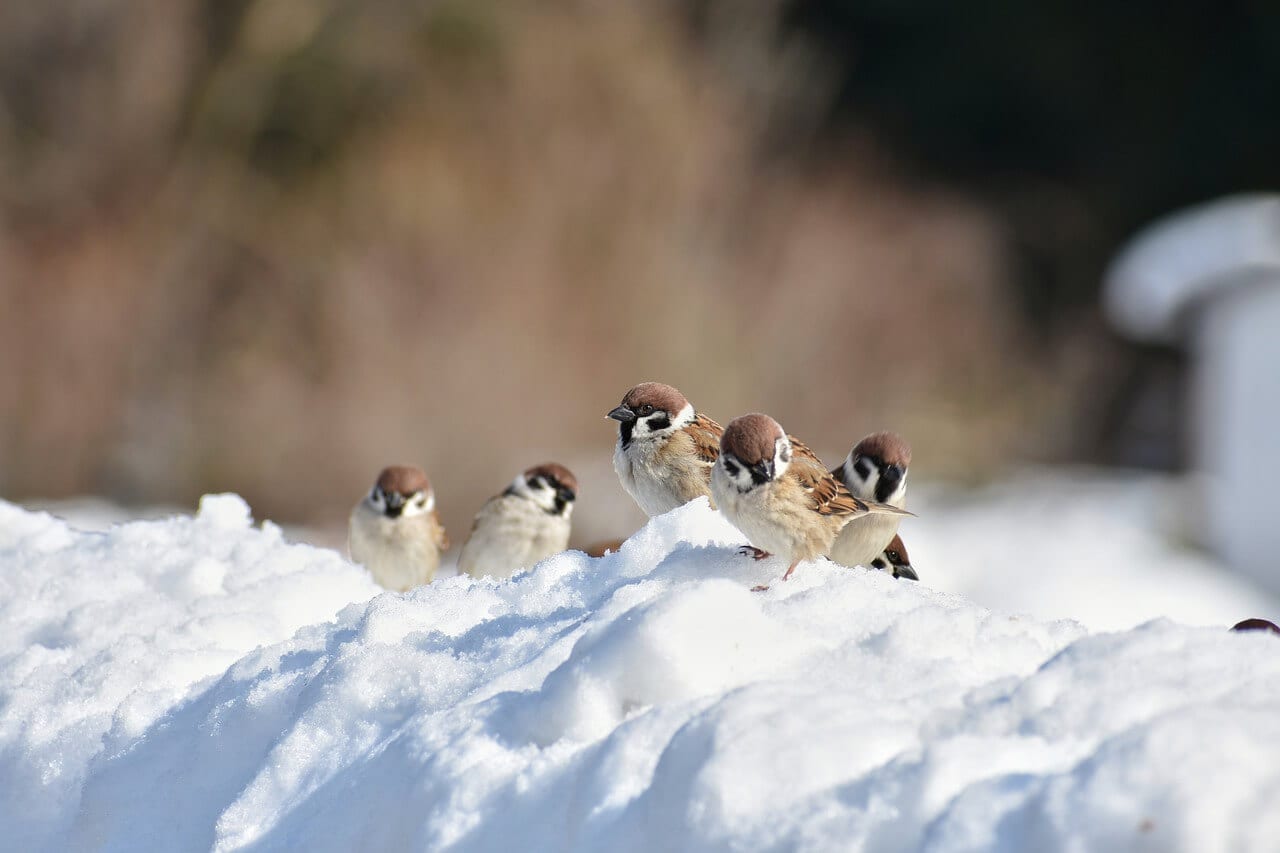
The Importance of Thermoregulation
A lot of chemistry goes on inside an animal’s body. Food is converted to energy. Amino acids are combined to form proteins. Hormones are released into the bloodstream to help control bodily functions.
Many of these processes rely on special chemicals produced by the body called enzymes.
Enzymes help facilitate many of the body’s chemical reactions. Some help to speed up chemical reactions that normally happen pretty slowly. Most enzymes work best at a pretty narrow temperature range. This means that the temperature of an animal influences how effective these enzymes work. For example, many human enzymes work best at around 98 to 99 degrees Fahrenheit.
So, when an animal’s body temperature is higher or lower than the preferred range, the animal’s body will begin taking steps to rectify the situation.
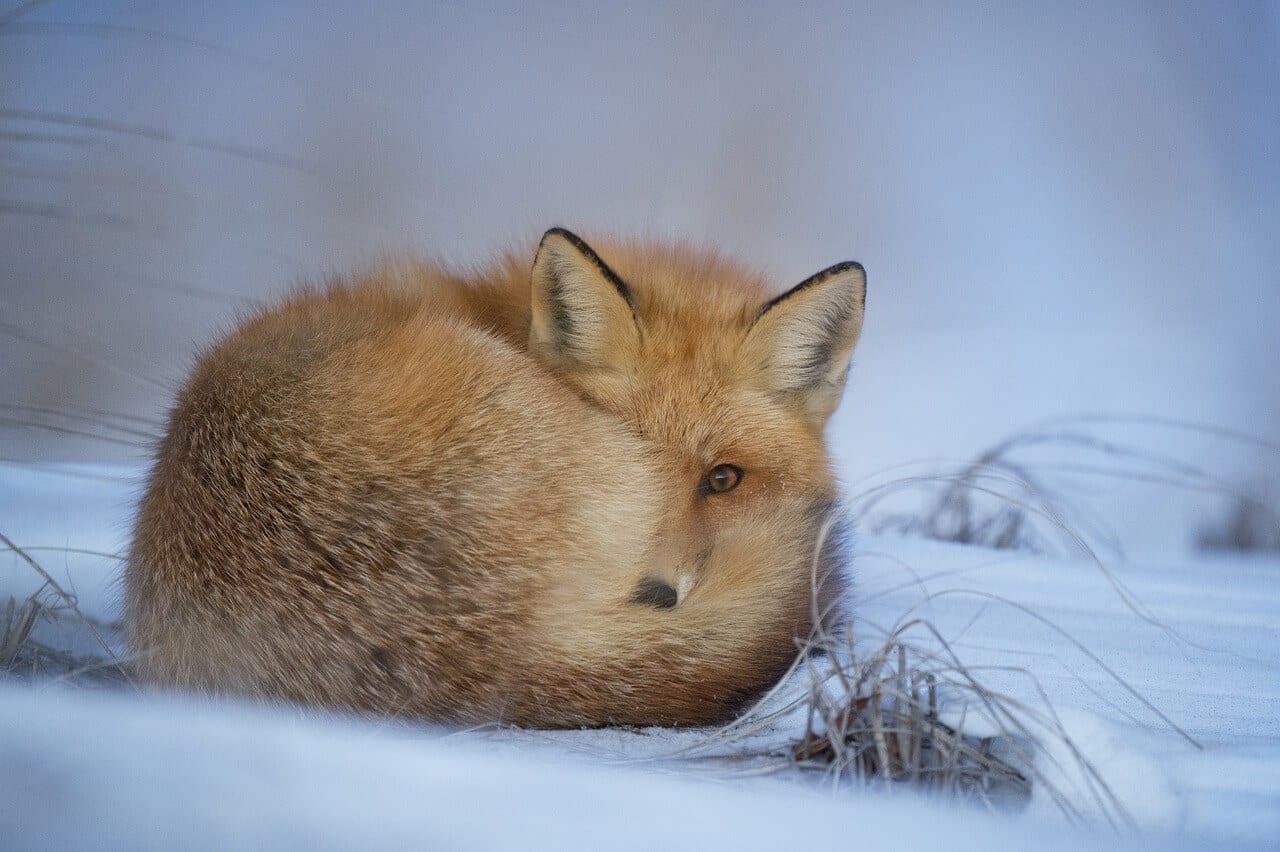
Thermoregulation: Conscious and Subconscious Tactics
Animals maintain their body temperature via a combination of conscious and subconscious processes. In other words, their bodies “automatically” do some things to restore a proper body temperature. But they also engage in deliberate behaviors to do the same thing.
Subconscious Tactics
Vasoconstriction is a good example of one of the subconscious or automatic things that a mammal’s body does when it is too cold.
Vasoconstriction refers to the tightening of the blood vessels found right underneath the skin. When these blood vessels tighten, the amount of blood flowing near the skin is reduced. This prevents the warm blood from deep inside the animal from cooling off when it travels near the skin.

Aquatic mammals often exhibit an even more drastic version of vasoconstriction. These animals completely shut off the flow of blood to their extremities when diving. By keeping their blood deep inside their bodies, they can avoid becoming cold in frigid waters.
Animals often exhibit the opposite phenomenon – called vasodilation – when they are too hot. When this happens, the blood vessels underneath an animal’s skin open wider. This allows more blood to flow near the skin, which allows the body to shed excess heat into the environment. Ultimately, this cools the animal down.
Shivering is another behavior that helps to raise an animal’s body temperature. When an animal shivers, its muscles twitch and rub against each other. This friction produces heat, which helps to warm the animal up.
Sweating is also an unconscious mechanism that helps to regulate an animal’s body temperature. But sweating works when an animal is too hot, rather than too cold. Sweat coats the skin in a thin layer of water, which will evaporate into the surrounding air. Evaporation causes a cooling effect, which helps to reduce the animal’s body temperature.
Conscious Tactics
The tactics discussed above happen automatically in the bodies of some animals, but there are also a number of things animals consciously do to help regulate their body temperature.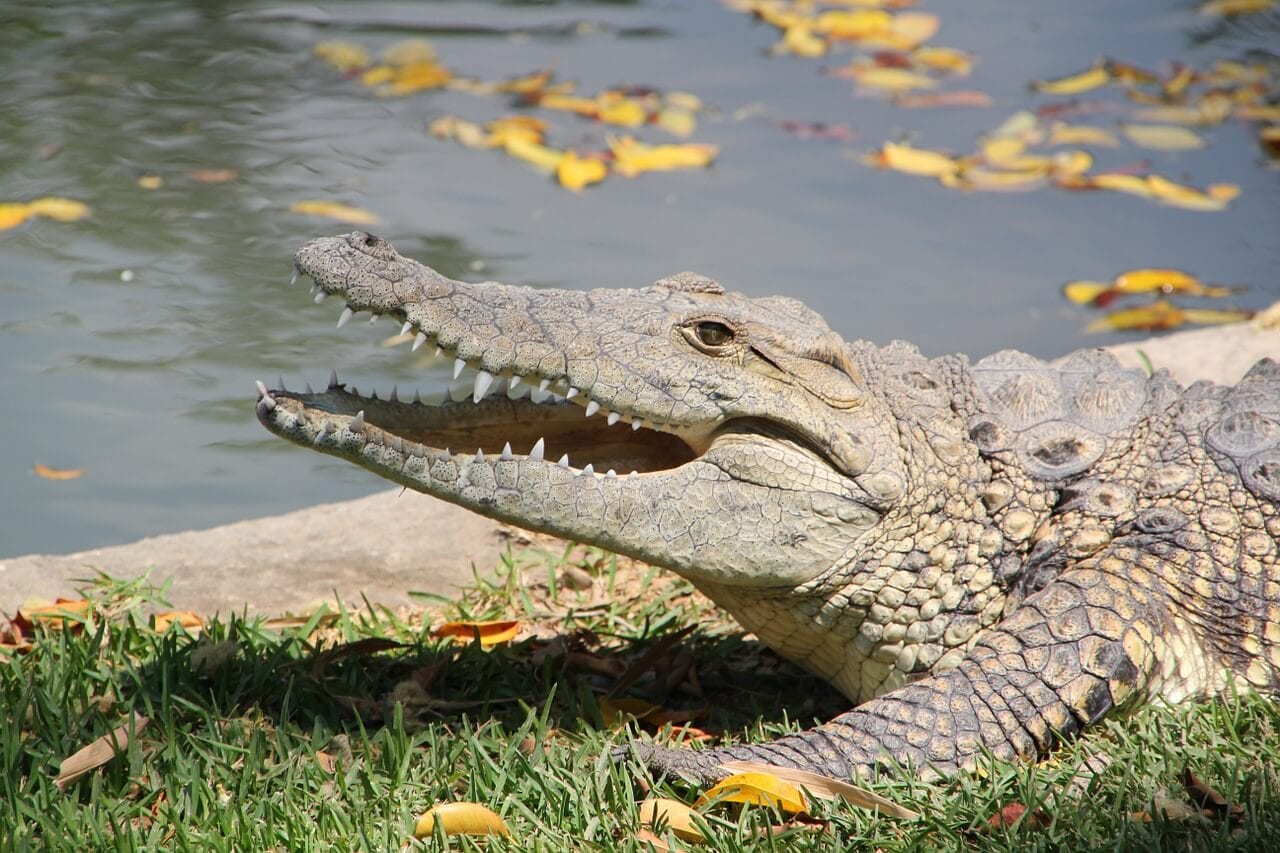
Some of the most notable behaviors animals use to regulate their body temperature are discussed below.
Gaping
Alligators, crocodiles and many lizards will open their mouths widely when they become too hot. When they do so, some of the saliva in their mouth will evaporate. This helps to cool the animal’s entire body.
Panting
Panting is somewhat like gaping, as it involves animals opening their mouth to cool off. However, unlike gaping, panting also involves rapid breathing. This carries warm air from inside an animal’s body to the outside, which helps cool them off. Dogs, wolves and cheetahs are a few animals that pant to cool off.
Basking
Many reptiles rely almost completely on the sun to warm their bodies. So, when a snake, lizard or turtle needs to warm up, they’ll crawl onto a sun-bathed rock or log. They will then stretch out to absorb some of the sun’s heat. Some lizards will even exhibit darker coloration when they are basking, to help accelerate the rate at which they warm up.
Feather Fluffing
Birds obviously use their features to fly, but they’re also helpful for keeping their body temperatures at the proper levels. After all, feathers are excellent insulators. That’s why humans often use feathers inside blankets and coats. Birds can actually fluff their features up when they’re cold. This helps to trap air near the bird’s skin, which will keep the bird warmer.
Altered Body Postures
Animals also alter their body posture when trying to adjust their temperature. For example, when an animal is cold, it will usually curl up into a tight ball. This helps reduce the amount of air flowing over its skin. On the other hand, animals that are too hot may sprawl out so they can enjoy as much air flowing over their body as possible.
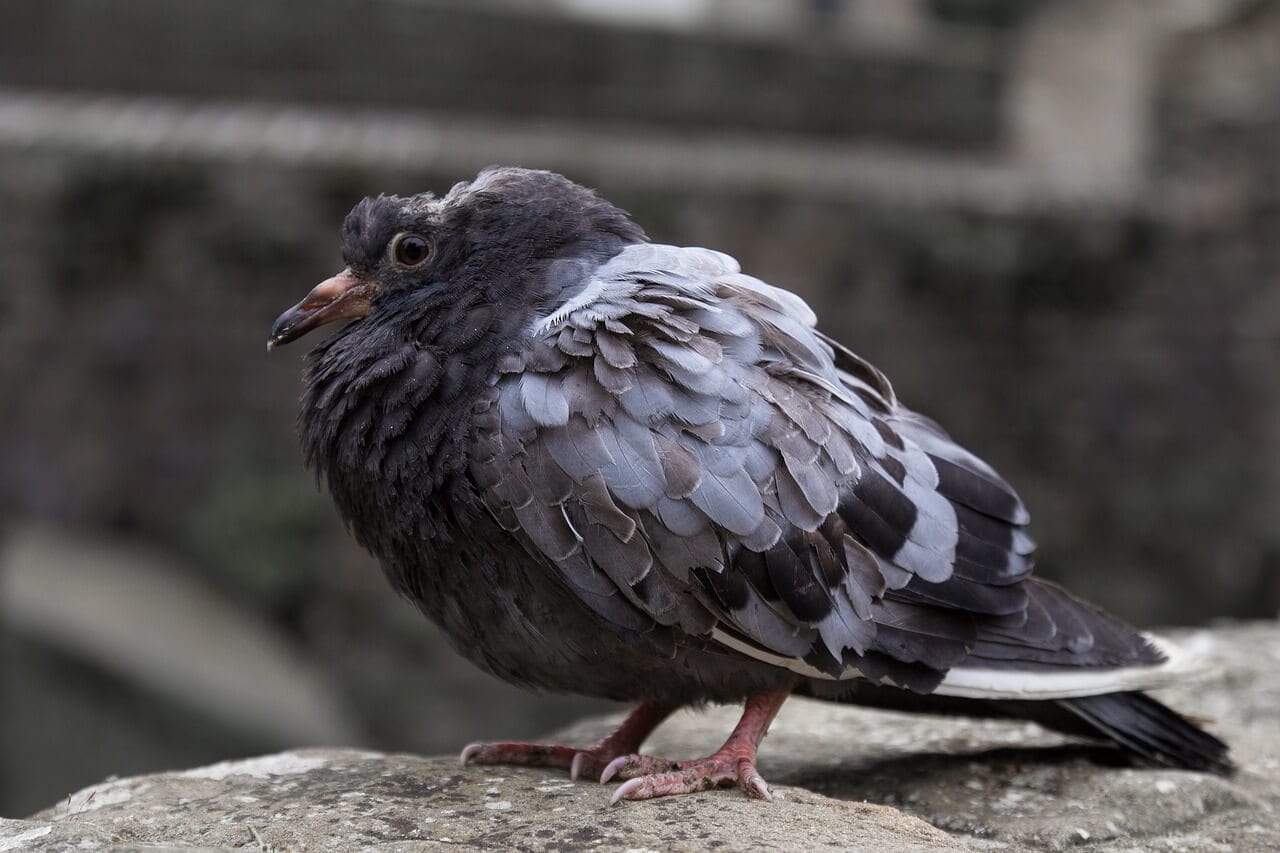
As you can see, there are a number of different ways animals try to regulate their body temperature. Sometimes, they even employ more than one of these behaviors at the same time.
We’ve explained a few of the most notable examples of thermoregulation above, but countless others exist. Can you think of any other ways that animals regulate their body temperature? Share your examples with us in the comments below.



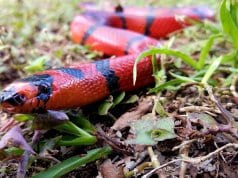










![Red Angus Closeup of a beautiful Red Angus cowPhoto by: U.S. Department of Agriculture [pubic domain]https://creativecommons.org/licenses/by/2.0/](https://animals.net/wp-content/uploads/2020/03/Red-Angus-4-100x75.jpg)

